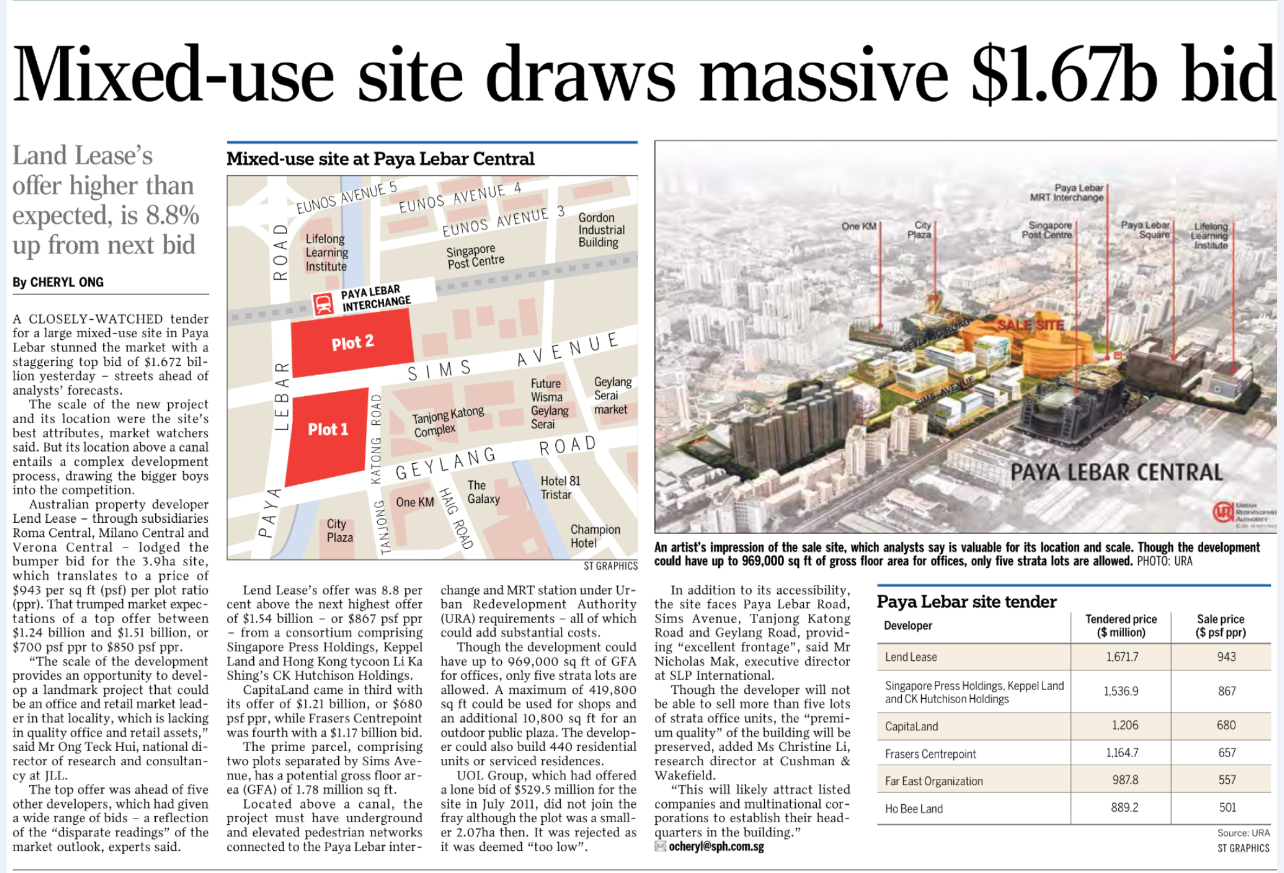URA revamps property price index methodology
THE Urban Redevelopment Authority (URA) has revamped its method of deriving its property price index (PPI) and expanded its data coverage to better reflect the market.
The move - which industry players said was "timely" - follows the lead of the Housing Board, which revised its sale price index last December.
The new methodology, known technically as the stratified hedonic regression model, was used to calculate yesterday's 1.1 per cent slip in private property prices for the first quarter.
Now, more property characteristics are accounted for to better reflect property price changes, said URA.
Before, the index used attributes such as a property's tenure, completion status, type and region. Now, it also includes a unit's age and size.
URA said: "Since the last revision to the PPI methodology in 2000, the private housing market has become more diverse. For instance, there is greater variation in the unit size and age."
These factors can have a significant impact on a unit's price, said Professor Lum Sau Kim from the National University of Singapore's department of real estate, a consultant in the review. The new method will strip out the effect of these attributes on its price, to reflect "pure price changes".
The index has adopted a new base period: the first quarter of 2009, instead of the fourth quarter of 1998. The URA's rental index will also be compiled using the new approach, with a similar base period.
In addition to the new computation method, experts said, the "most significant improvement" is the use of a fuller set of data to derive the index.
Before, caveats lodged with the Singapore Land Authority were used. Now, weekly data on new units sold will be collected from developers, along with stamp duty data from the Inland Revenue
Authority of Singapore - capturing all private sales.
URA will continue to publish free data - down to the unit level - on its website.
Cheryl Ong
Published on 2 Apr 2015
The Straits Times - MONEY














No comments:
Post a Comment